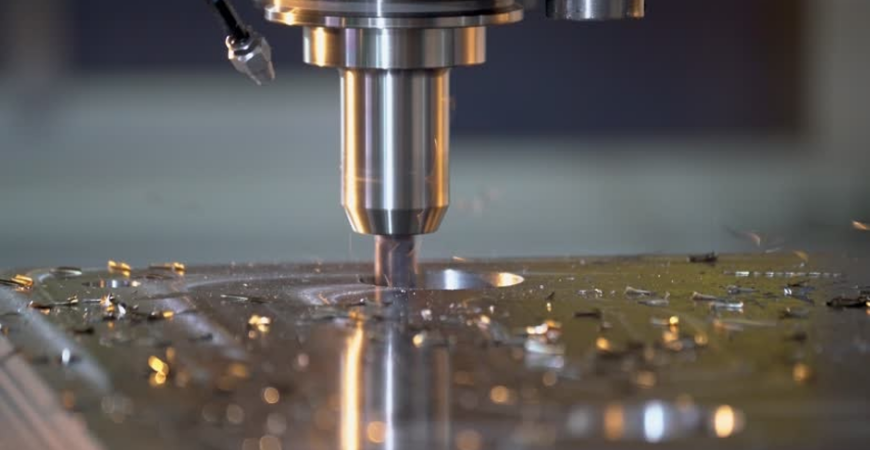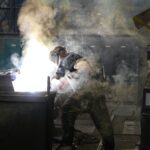
What is CNC Milling?
What does CNC stand for?
A computer numerical control (CNC) mill allows the machine to be moved and monitored by computer control. The benefits of using a CNC mill allows for a more accurate and timely manufacturing. Milling is the cutting and drilling process of materials.
This includes materials such as:
- titanium
- alloy steels
- engineering plastics
- aluminium alloys
- stainless steel
- duplex and super duplex
- brass
- bronze
- copper
How does a CNC machine work?
A milling machine uses a rotating cylindrical tool called a milling cutter, regardless of whether it is operated manually or by CNC. It is placed in a spindle and the shape and size of it can vary. The main difference between a milling machine and any other drilling machine is the ability to cut and travel around different axes at different angles.

The CNC machining process
It all starts with designing a computer-aided design (CAD) model. A commonly used program for CAD is Autodesk® Fusion 360™. Using this, you can effectively sketch and model 3D parts.
The next step is converting the CAD model into a CNC program. This is done through computer-aided manufacturing (CAM) software. Software such as BobCAD-CAM, CAMBAM, CAMWorks, Fusion 360 and many more use a numerical control (NC) to create detailed instructions (G-code) that drive CNC machines.
We then set up the CNC milling machine. This is done by fixing the workpiece to the worktable of the machine using a holding device such as a vice, along with attaching the milling tools to the machine spindle. Depending on the complexity of the design, other tools may be required.
Lastly, the milling operation is executed. Just like above, depending on the complexity of the design it will go through a variety of processes. At first, the CNC machine will cut small pieces to form an approximate shape and form of the final design and then proceed to go into further accuracy and precision to get the exact features and specifications of the final design.
This all can be broken down into 3 steps:
- CAD (computer-aided design)
Input: Sketch by human
Result: A design
Output: A file that can be read by a CAM program
- CAM (computer-aided manufacturing)
Input: a file from a CAD program, or manual instructions from a human
Result: a set of instructions for a CNC machine
Output: a file which can be read by a CNC machine
- CNC (computer numerical control)
Input: A file from a CAM program, or manual instructions from a human
Result: Signals for stepper motors or servos
Output: Machined workpiece
What are the advantages of CNC?
- Accuracy of the final product
- Efficiency and time
- Safety of the user
- Uniformity in design
- Low maintenance
- Reliability
- No room for human error
- Lesser number of operations required
- Could run 24 hours a day
- Flexible scalability
Disadvantages of CNC machines
- The first production run will likely be more expensive than the latter ones
- A skilled operator is required

